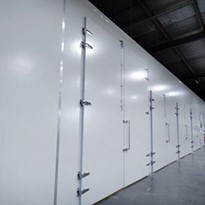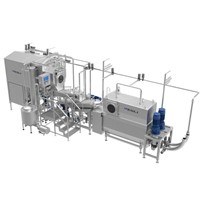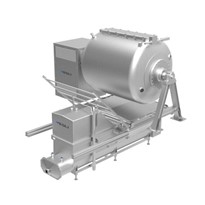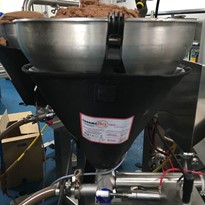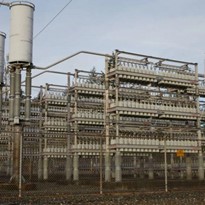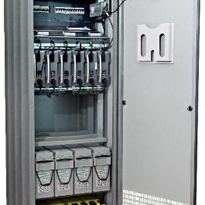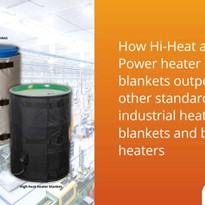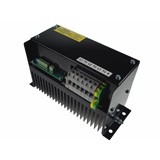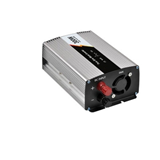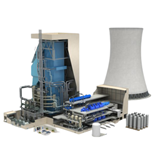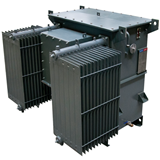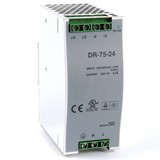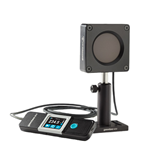As a result of daily pressure variations, the high-strength X70 grade pipe with thick 24 and 30mm walls (compared to the standard 10mm of most pipelines in Australia) specified for the project needed to be welded with exceptionally stringent quality control, meeting ANSI Class 900 requirements.
“We evaluated several welding equipment waveform technologies as part of this project. Lincoln Electric’s semi-auto/STT® with mechanised flux-cored welding was selected due to the consistency of the weld quality,” said Paul Grace, Jemena’s Welding Engineer. “The productivity was also good considering the thickness of the pipe being welded and the stringent defect assessment criteria.”
Definitely unique to Australia and possibly the world, the dual purpose of the pipeline created equally unique welding issues for the infrastructure project as it needs to cycle through a wide range of pressure conditions, and consequently temperature variations, on a regular basis. “Any welding flaws could grow due to fatigue (with the regular pressure changes),” said Andrew O’Neill, Engineering Manager for the Colongra Pipeline. “The welding needs to meet the demanding fatigue requirements.”
“This project was very different in terms of welding requirements. We knew that a traditional pipeline welding solution (stove pipe welding) was not going to be viable on the Colongra Pipeline,” said Paul Grace, Jemena’s Welding Engineer.
An extensive testing period to develop a welding solution for the unique pipeline was instigated, by Jemena and Diona P/L, the organisation engaged by Jemena to construct the 42” pipeline. The key criteria in the testing of equipment and consumables was: the production of high integrity/sound welds that meet stricter quality than standard pipeline projects; developing a process that had a good production rate/day; a solution that was efficient in the size of product – not large equipment that got in the way all the time; and equipment that could stand the challenge of working in the field.
Extensive trials were conducted with controlled wave form processes, including STT, and other processes including FCAW Gas Shielded, SAW, and MMAW low hydrogen to develop the best solution.
All STT root runs were completed using a semi-automatic process, followed with G70M semi-automatic hot pass before fillout. The Lincoln Electric STT® or Surface Tension Transfer® process ultilises sophisticated software to precisely control the current throughout the welding cycle instantaneously.
“While there are some greater logistics requirements in using this process, the productivity rewards are great,” said Hugh Daly, Project Manager for Diona P/L, Jemena’s construction contractor.
“For this project it is was extremely important to have good toughness of the weld joints,” said Jemena’s Welding Engineer, Paul Grace, “ and the Lincoln Electric G70M had good strength matching with Charpy Impact Testing delivering toughness averages of 100J at -10 degrees. Such good toughness assisted with stress analysis and improved allowable discontinuity size.”
“The G70M is a beautiful wire to run – it washes in nicely – solidifies nicely - no undercut,” said Darren Barrington. “I had not done much with wire before, but I am definitely a convert now. The flux-cored wire also carried quite a bit more metal making fill-out quicker.”
“The repair rate on this project has been good,” said Paul Grace, Jemena’s Welding Engineer, “given the extremely stringent defect acceptance criteria and the challenges. The defect rate has been low – lower than anticipated especially when you consider the TOFD Ultrasonic testing that was used.”
“Unlike typical pipe welding projects where welds are inspected by radiography, because of the stringent fatigue/stress analysis for this project, TOFD (Time of Flight Defraction) Ultrasonic testing was used as the inspection methods. This has a much higher defect detectability rate than radiography,” said Paul Grace, Jemena’s Welding Engineer.
Phenomenal efficiency in welding station set up and placement by Jemena’s contractor, Diona, in readiness for the welding operators, has been a key to the productivity. “The efficiency is extremely high and the project was delivered quicker than expected,” said Hugh Daly, Project Manager for Diona P/L, Jemena’s construction contractor. “I don’t think there is any way we could improve on how this project has proceeded. A lot of money was invested early on researching welding methods and I am certain that we picked the most efficient method available.”
“We also had the issue that all this was very new to all of us - welding operators, inspectors, contractors,” said Paul Grace, Jemena’s Welding Engineer. “At the start it was a steep learning curve for all involved.”
“There was not a lot of experience in STT for field pipeline construction in this country and we did find that the majority of welding done with STT is roly poly welding where the pipe spins – this field work was totally different where you could not rotate the pipe,” said Paul Grace. “The biggest challenge for us was welding in 12 & 6 o’clock position.”
Lincoln Electric provided technical support and some initial training at their Padstow manufacturing site.
“There were a couple of tricks to learn (the 12 & 6o’clock positions),” said welding contractor, Darren Barrington, “but once you get use to this process it is user-friendly. Now I would pick the Lincoln Electric STT/flux-cored process any day of the week. It is going to be the way of the future for large diameter, heavy wall pipe.”
“This project has been unique,” said Jemena’s Welding Engineer, Paul Grace. “While the diameter of the pipe is reasonably common in Europe and North America, the fatigue factor is not. To our knowledge, it has not been done before and it is an important step in developing greener power generation.”
The gas turbines will enable Delta Energy to meet peak electricity demands quickly and efficiently, while significantly reducing greenhouse gas emissions compared to coal-fired energy generation.


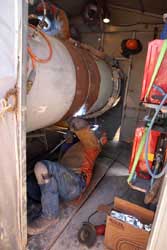
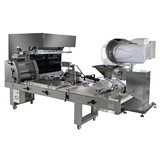
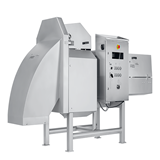
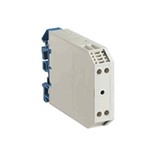
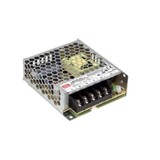

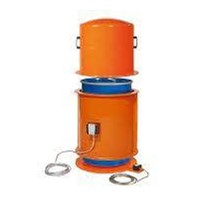
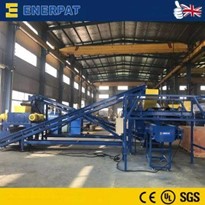
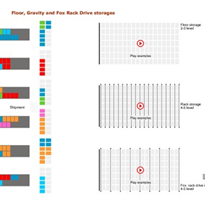
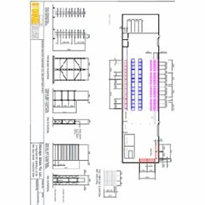
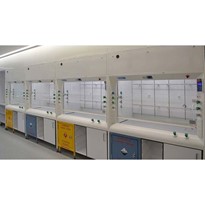
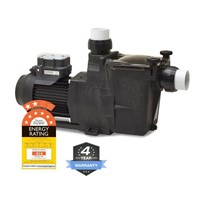
-205x205.jpg)
